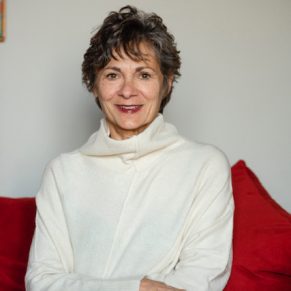Buffalo AKG Art Museum: A Transforming Experience
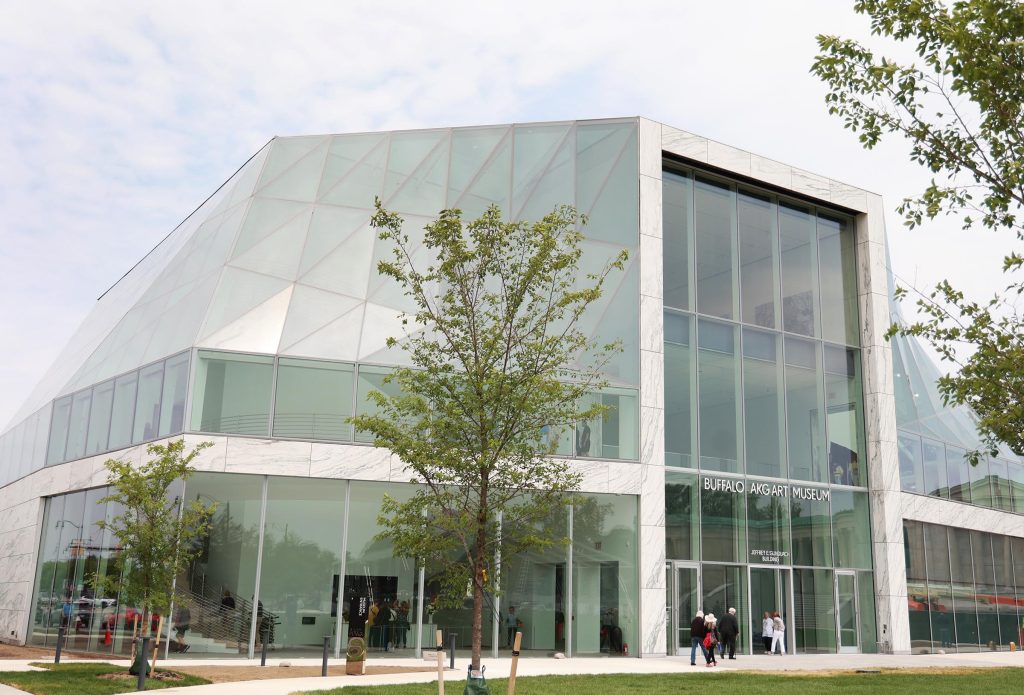
Visitors to the Buffalo AKG Art Museum (formerly known as the Albright-Knox Art Gallery) can expect to see much more than a name change when stepping through the doors of the greatly expanded and renewed campus. After more than three years and a $230 million capital campaign this venerable institution has been dramatically transformed.
“The Buffalo AKG Art Museum’s new campus enables us to serve tens of thousands more visitors every year,” says Peggy Pierce Elfvin Director Janne Sirén. “The museum will be more welcoming, inclusive, thought-provoking, and fun than ever before.”
The more welcoming and inclusive museum will offer free admission to the Seymour H. Knox Building and the new Ralph C. Wilson Town Square, a 6,000 square-foot community gathering space that’s highlighted by Common Sky, a stunning new sculpture that covers the former outdoor sculpture garden. Adjacent to the Town Square, visitors will find the Creative Commons, a multigenerational learning and play space featuring a LEGO build station where visitors can create with LEGO bricks, scan their creations and see what they have made on a nearby digital screen. Creative Commons is the result of the first ever philanthropic partnership between the LEGO Foundation and a fine art museum.
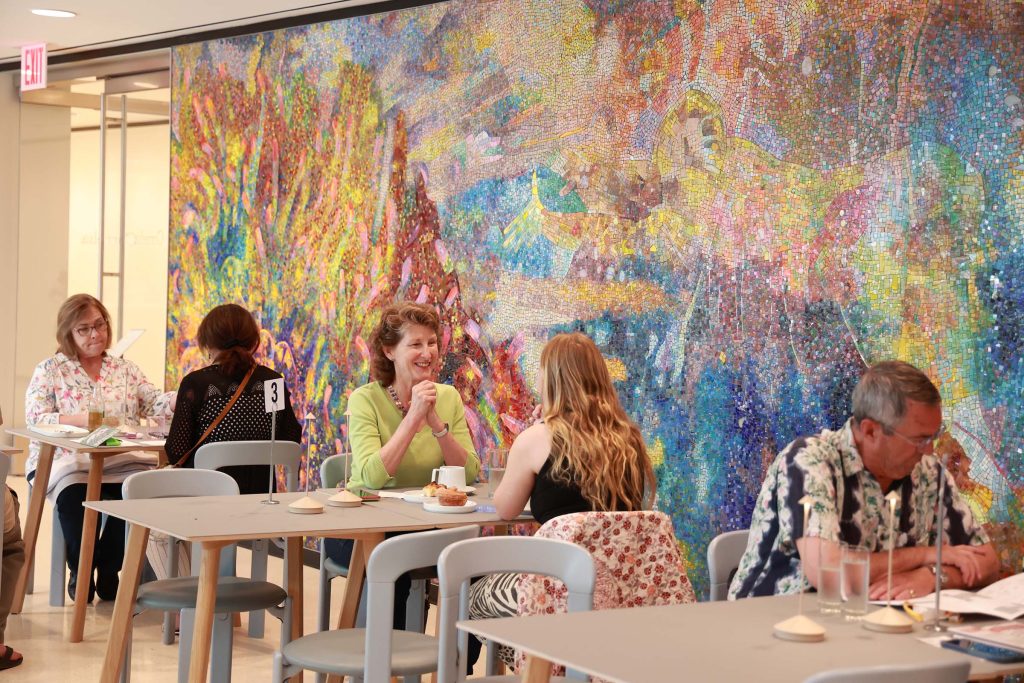
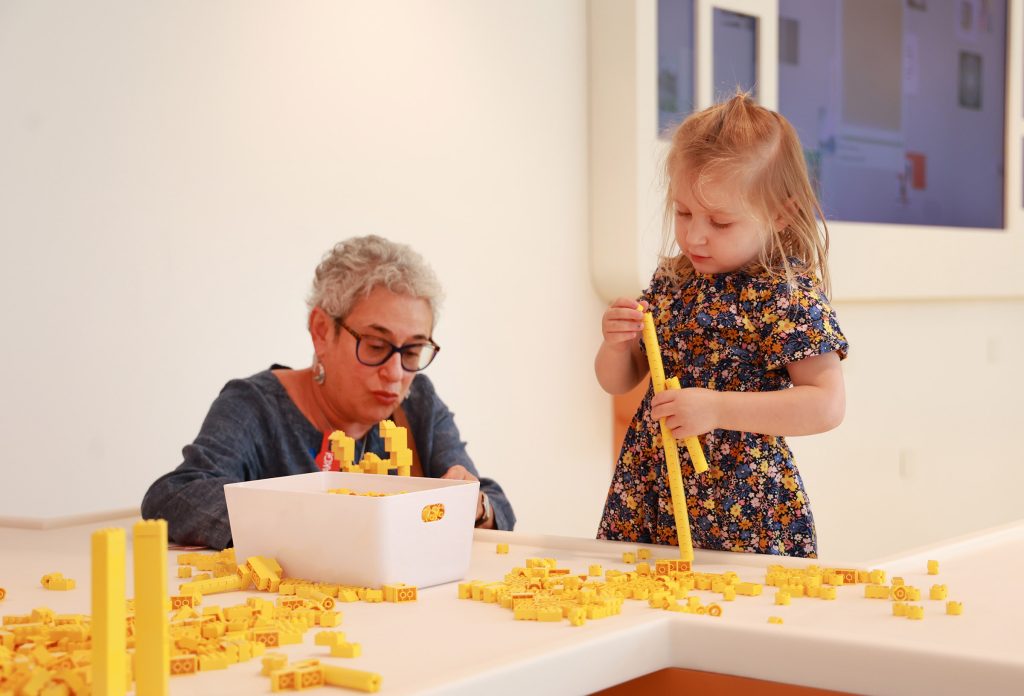
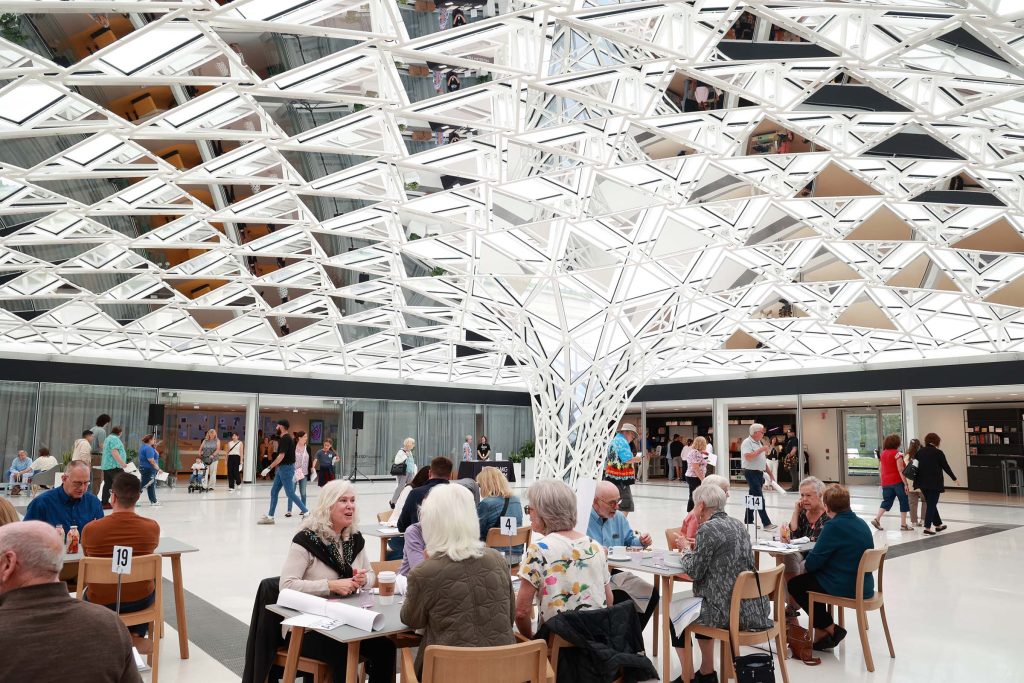
The courtyard of the Knox Building also houses a new restaurant (called Cornelia, in a nod to Cornelia Bentley Sage Quinton, who in 1910, at age 26, was appointed the second director of the-then Albright Art Gallery, the first woman to serve as a director of a major art museum in the United States), gift shop, auditorium, and exhibition space.
Old friends from the permanent collection—name your favorites, from Giacomo Balla’s Dynamism of a Dog on a Leash to Paul Gauguin’s The Yellow Christ, and the crowd-pleasing Room No. 2, popularly known as the Mirrored Room, by Lucas Samaras—are on display, reglazed, reframed, and refreshed, as needed, and rehung in the three connected buildings that now comprise the campus. Joining them, in chronological order and sometimes at surprising intervals, are later and brand-new acquisitions, including works by artists Nick Cave and Simone Forti.
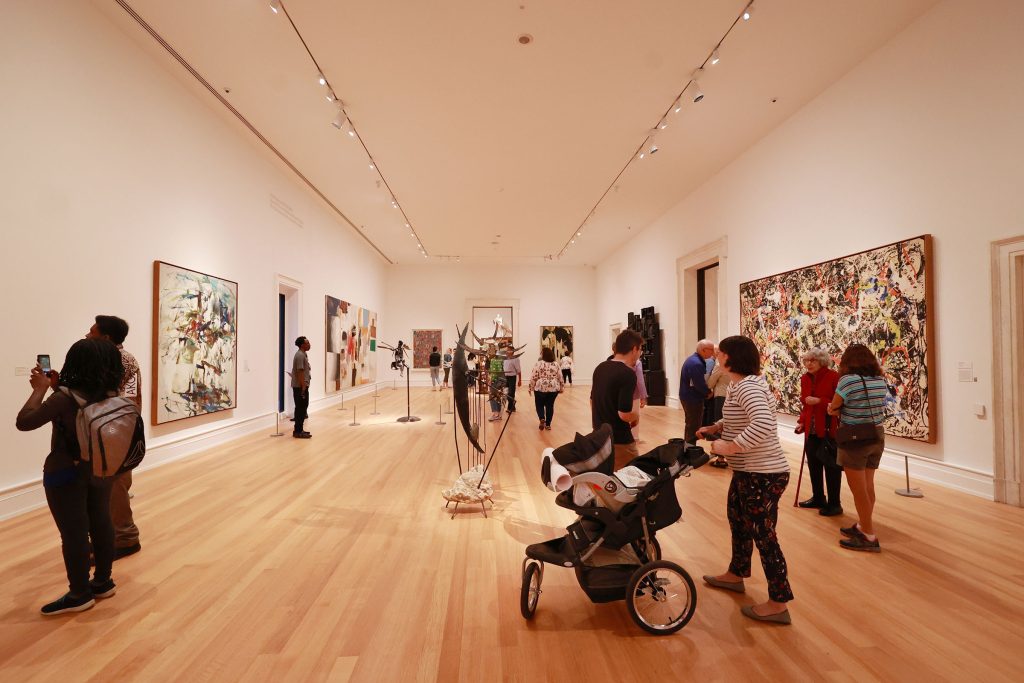
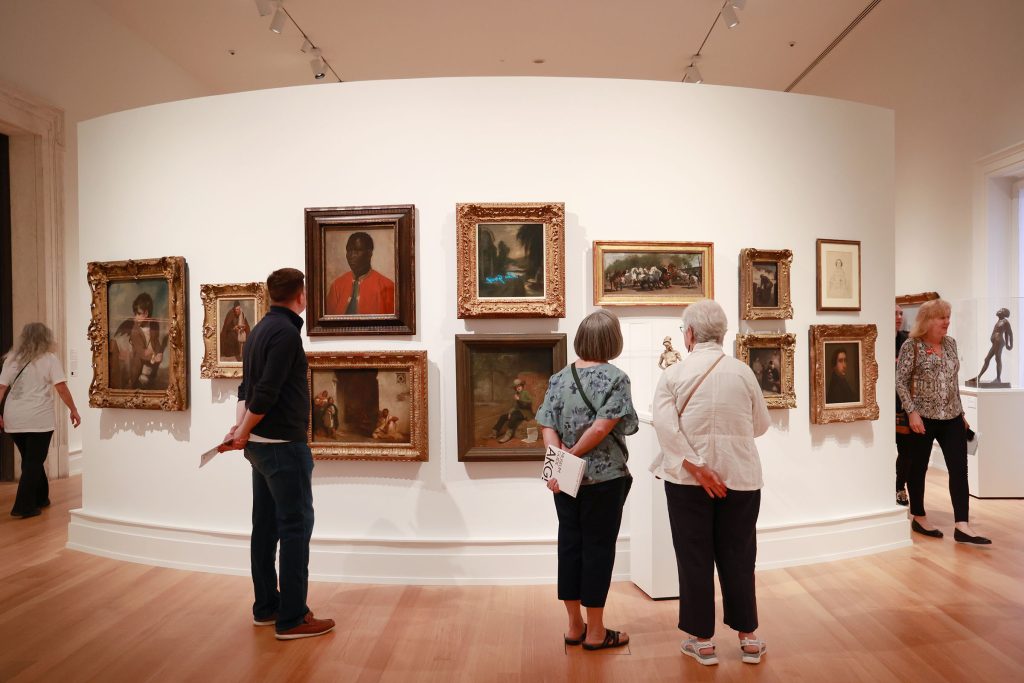
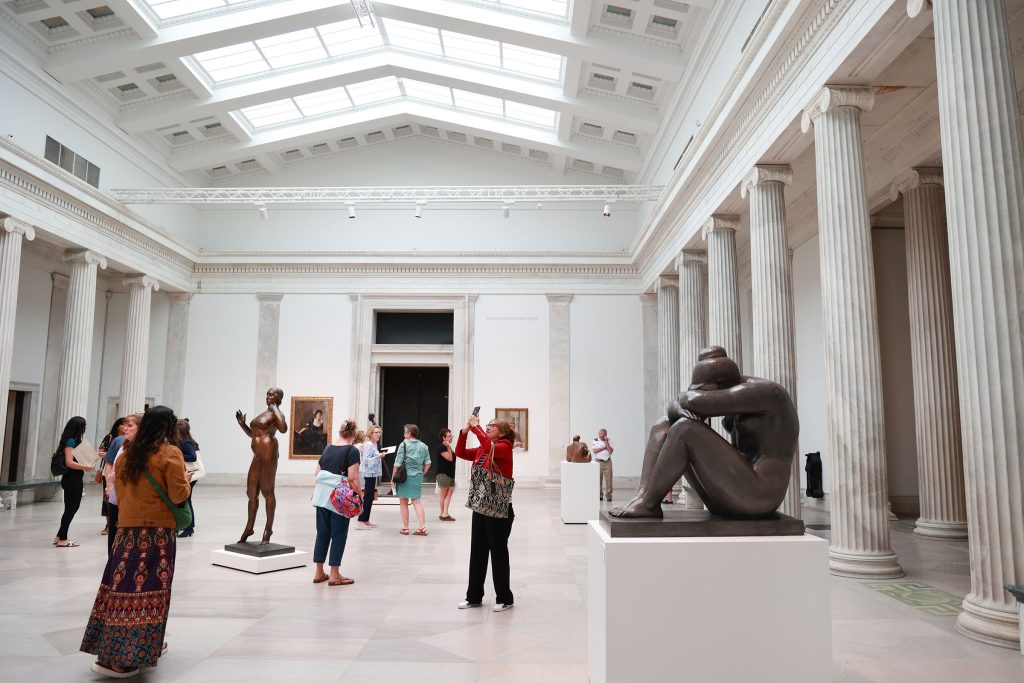
For Buffalo residents, and art lovers from near and far who have long enjoyed visiting what The New York Times has called “one of the strongest collections of modern and contemporary art in the United States,” it’s a long-awaited family reunion, and a chance to meet all the new additions. For those who have never been—art-loving out-of-towners waiting for this chance, and locals who maybe didn’t think it was their kind of place—the museum is making every effort to roll out the welcome mat. “The Buffalo AKG has something for visitors of all backgrounds, identities, and levels of ability,” said Siren. “We believe art has the power to teach, comfort, heal, and transform.”
Expect to be both comforted and challenged by what is on display in the new space, according to Cathleen Chaffee, Charles Balbach Chief Curator, who notes, “We will be able to double the number of works on view.” And though they can’t promise that everyone’s favorite artworks will be on display, a large portion of the permanent collection has been rehung, “with some surprises,” pockets highlighting certain eras, or connecting threads in the art.
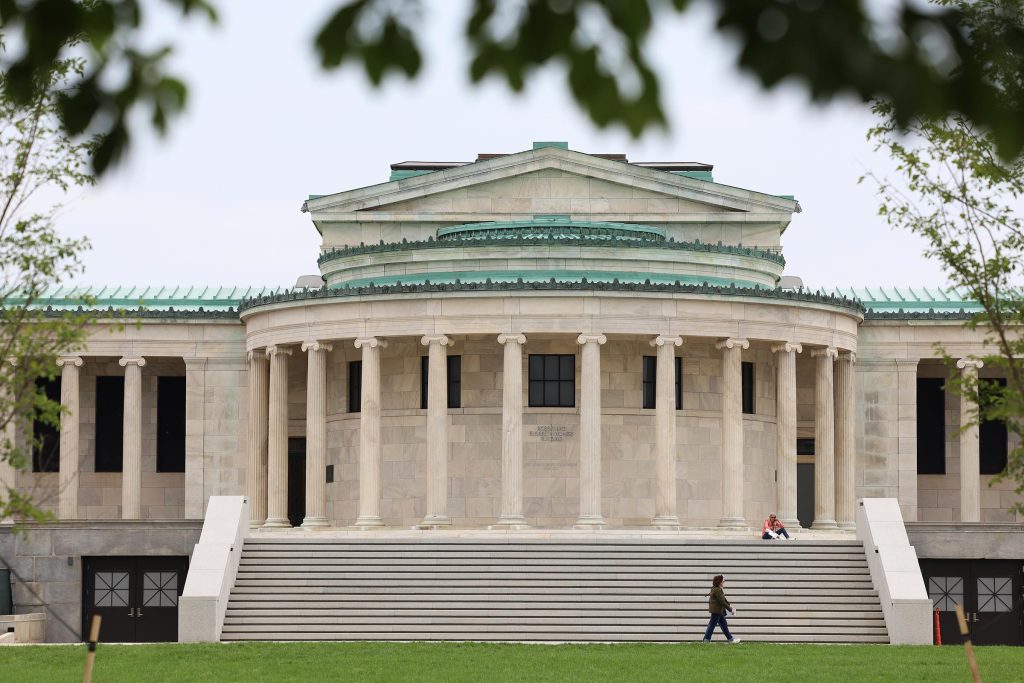
The new Buffalo AKG will comprise more than 50,000 square feet of state-of-the-art exhibition space, five classrooms, and more than half an acre of new public green space.
Entering through the Seymour H. Knox Building (1962, Gordon Bunshaft design) provides a logical chronological perspective. Visitors entering through the new Jeffrey E. Gundlach Building (2022, designed by OMA/Shohei Shigematsu) will see art hung in what is essentially reverse chronological order. Special exhibitions will be scattered throughout.
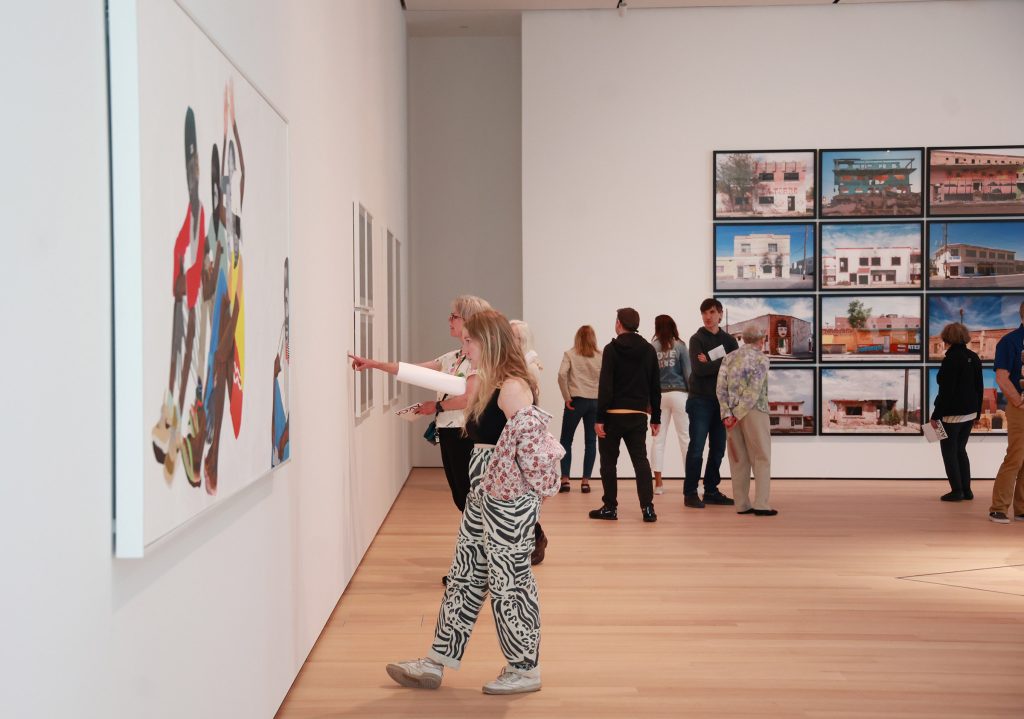
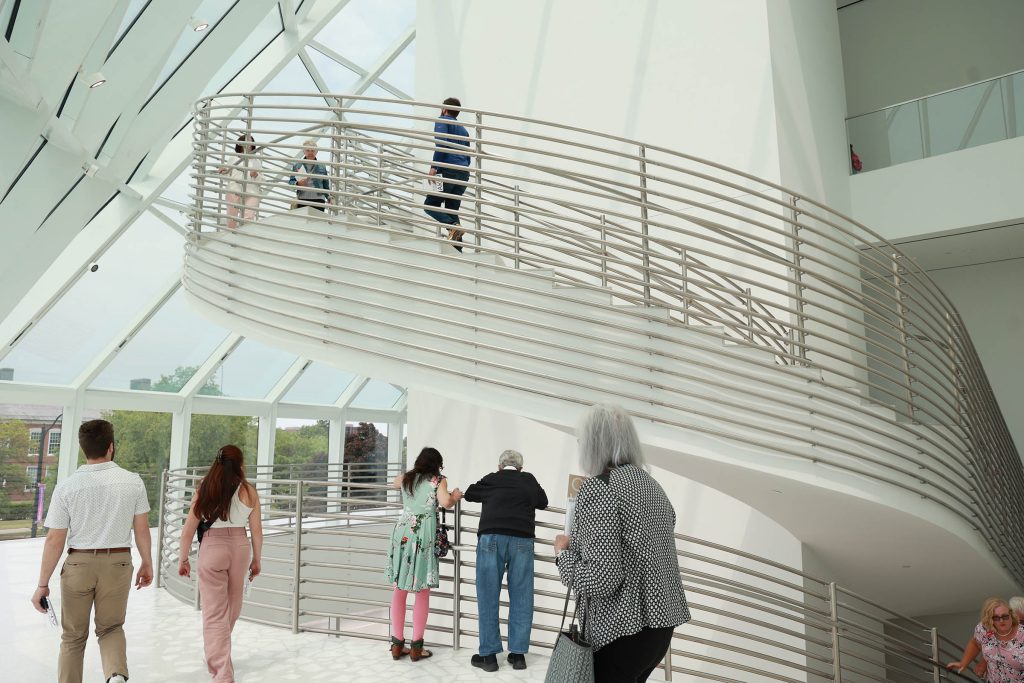
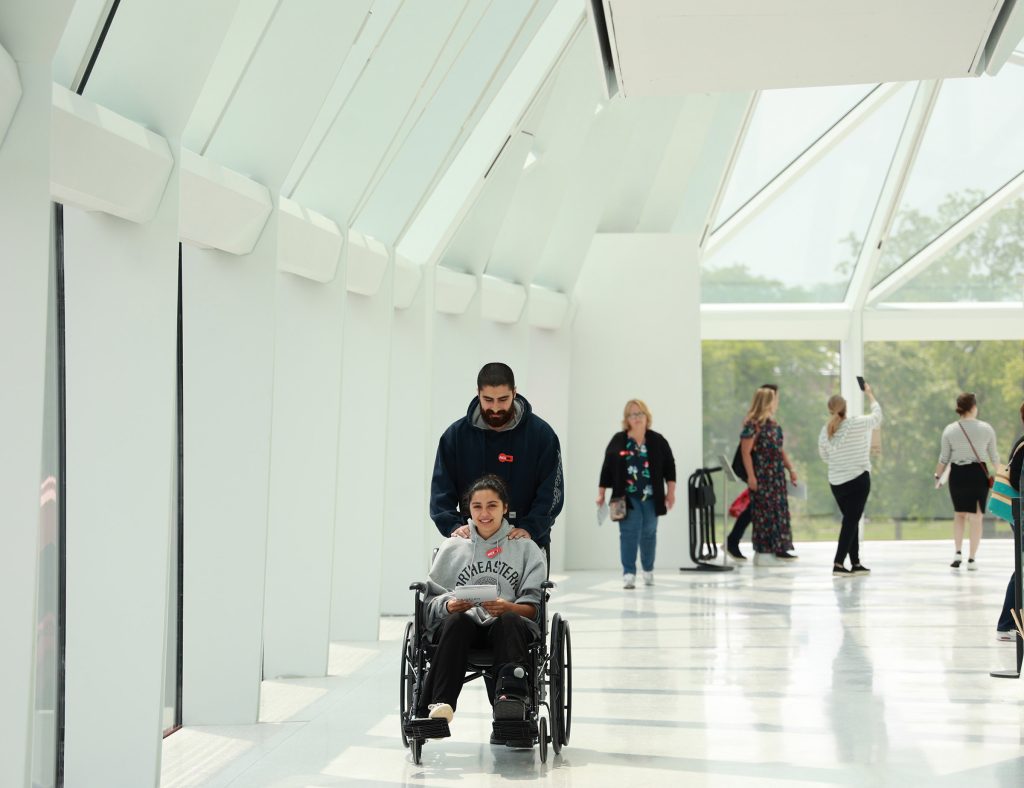
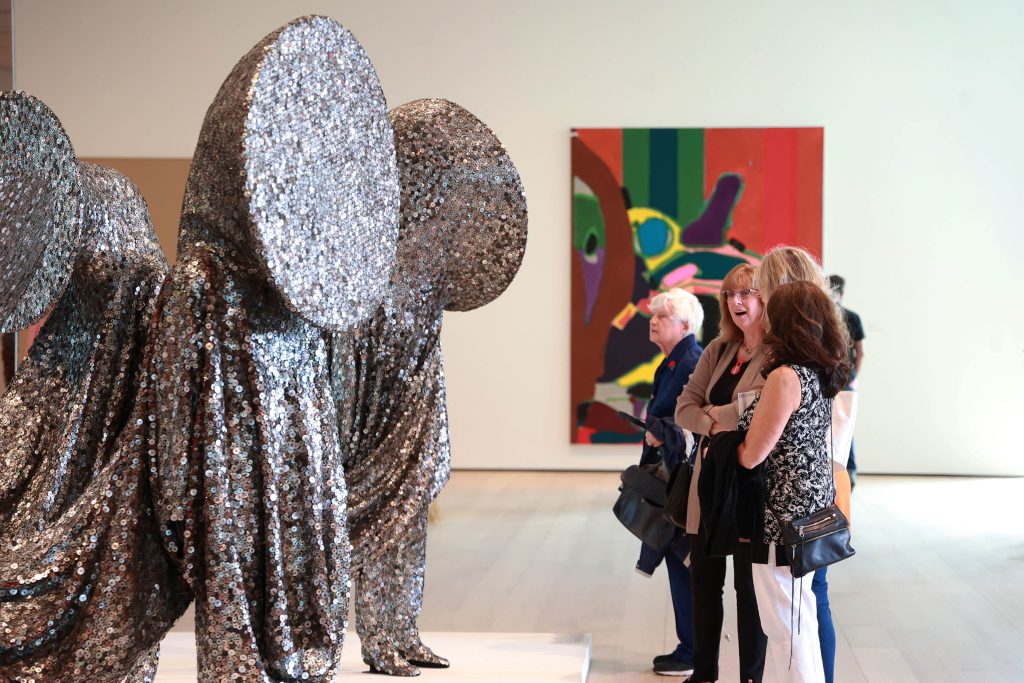
In a feat of imagination and creative architecture and engineering, the new buildings have been harmoniously integrated with the two older buildings. The Gundlach Building connects with the Robert and Elisabeth Wilmers Building (1905, designed by E.B. Green) through the John J. Albright Bridge, named in honor of one of the museum’s early patrons. A grove of historic oak trees provides a green border for the bridge.
The museum’s vast collection dates from its founding in 1862. In the new campus, old and new buildings are essentially joining hands. And the excitement of the gallery continuing its legacy of supporting new art is on view with its storied collection, so rich in what have become modern classics. Thirty-three works by Clyfford Still, spanning his career from 1937 to 1963, the largest collection of Still’s work outside of his eponymous museum in Denver, are displayed in the Gundlach Building.
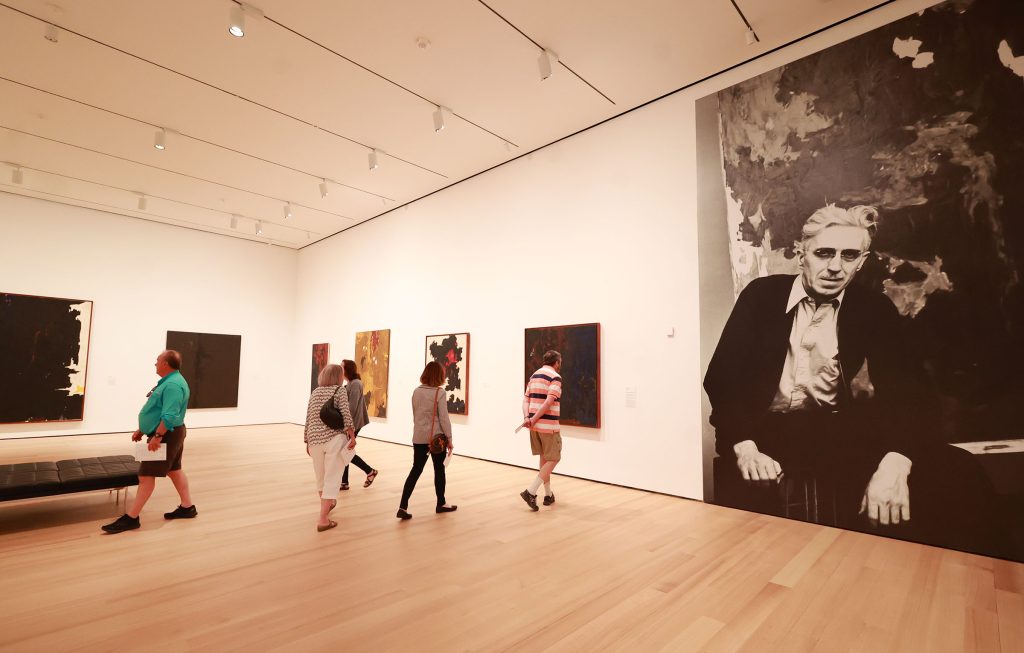
Adding to that now-classic treasure are new site-specific installations, including Common Sky, by Olafur Eliasson and Sebastian Behmann of Studio Other Spaces, and Others Will Know, by Miriam Backstrom. Viewers will also see a permanent commission by Dominican-born, New York-based artist Firelei Baez, and the North American museum debut of Swedish artist Lap-See Lam. An outdoor sculptural component is still evolving.
A lot to absorb, and a lot for visitors to see, old and new.
“What’s most exciting to me is getting the collection reinstalled and shared in all its glory,” says chief curator Chaffee. “I can’t wait for people to discover all they didn’t know…and to realize this is one of the best museums in the entire country.”
For more information visit buffaloakg.org.
All photos by Sharon Cantillon
